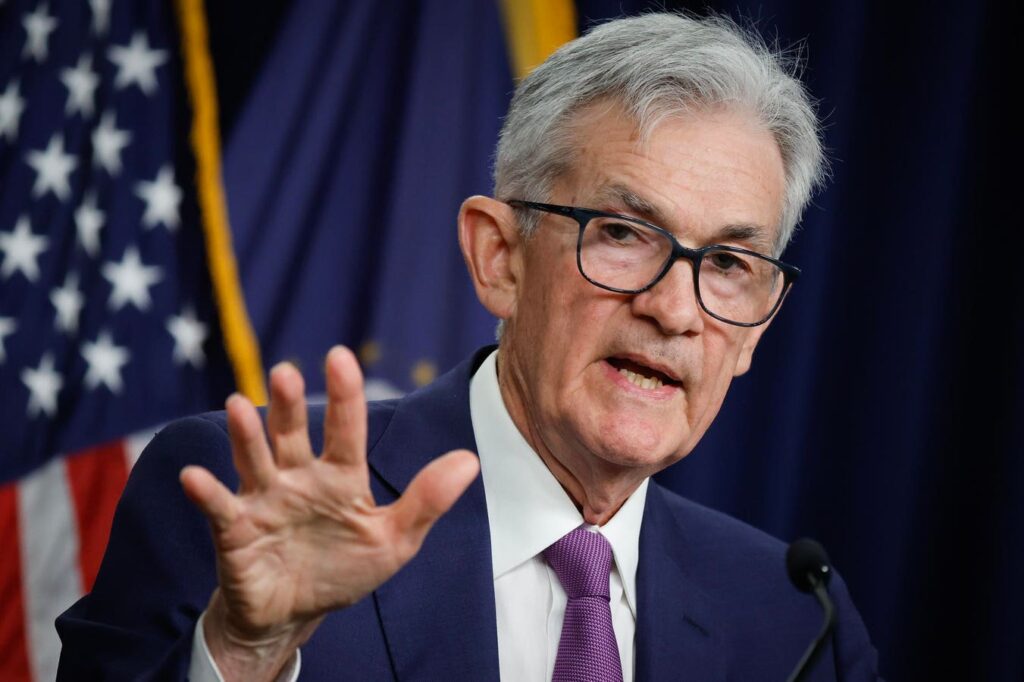On May 1, 2024, Federal Reserve Bank Chair Jerome Powell addressed the public following a two-day Federal Open Market Committee (FOMC) meeting, where it was decided to maintain the interest rates at 5.33%. Despite prevailing concerns about the state of the U.S. economy, Powell noted that there were positive signs of momentum. The Federal Reserve’s decision was influenced by recent data reflecting high inflation rates, which have persisted over the months. The recent jobs report indicating stronger employment numbers played a crucial role in shaping market expectations, which have subsequently shifted from anticipating larger interest rate cuts of 0.5% to smaller adjustments of 0.25% in the upcoming months.
The Employment Situation Report for September revealed a decrease in the unemployment rate to 4.1%, as nonfarm payrolls surged by 254,000. This marked a notable milestone, with job additions exceeding 200,000 for the first time since May. The job market recovery slightly altered the previous apprehensions regarding a potential rise in unemployment. Importantly, the upcoming jobs report scheduled for November 1 may sway the FOMC’s perspective ahead of their next meetings on November 6-7. For the moment, the unemployment situation appears more favorable than earlier anticipated, and inflation is gradually declining, indicating a stronger labor market and a stabilizing economy.
The interplay of these economic indicators is significant; should unemployment rates rise sharply, the FOMC might have to expedite rate cuts to prevent a recession. Current trends suggest that a drastic spike in unemployment is unlikely; thus, the FOMC may not feel the immediate need to implement aggressive monetary policy shifts. Meanwhile, inflation’s trajectory shows signs of aligning with the FOMC’s target of 2% annually, lending further credence to easing monetary policy measures. If the job market remains resilient, the urgency for cutting interest rates may be somewhat diminished.
Looking ahead, the remaining FOMC meetings in 2024 are scheduled for November 7 and December 18. Market anticipations suggest that both could potentially lead to 0.25% rate cuts, lowering short-term interest rates to a range of 4.25% to 4.5%. The balance of risks surrounding larger or smaller adjustments appears even, with expectations for significant rate cuts of 0.5% seen as improbable. Furthermore, the potential to maintain the current rate levels during these meetings is also deemed unlikely, indicating a preference for a measured approach to monetary policy adjustments.
In recent remarks, various FOMC policymakers have expressed confidence in the prevailing monetary policy framework while advocating for a more cautious approach regarding interest rate reductions. Notably, New York Fed President John Williams emphasized that the monetary policy current stance is well-positioned to sustain economic vigor and labor market strength, while also promoting the return of inflation to the 2% target. Similarly, St. Louis Fed President Alberto Musalem highlighted a positive outlook for economic expansion in the forthcoming quarters, attributing this scenario to gradual easing of monetary policy and favorable financial conditions.
As the FOMC gears up for its next meeting, crucial economic data—including the jobs report for October and inflation updates for September—will shape the discussion and direction of policy. The evidence so far indicates that the job market is performing better than expected and inflation is trending downwards. If these patterns persist, the upcoming FOMC meetings are on track to responsibly implement modest interest rate cuts of 0.25% rather than the previously considered larger reductions. This tempered approach underscores the FOMC’s commitment to balancing economic growth while carefully managing inflationary pressures.

